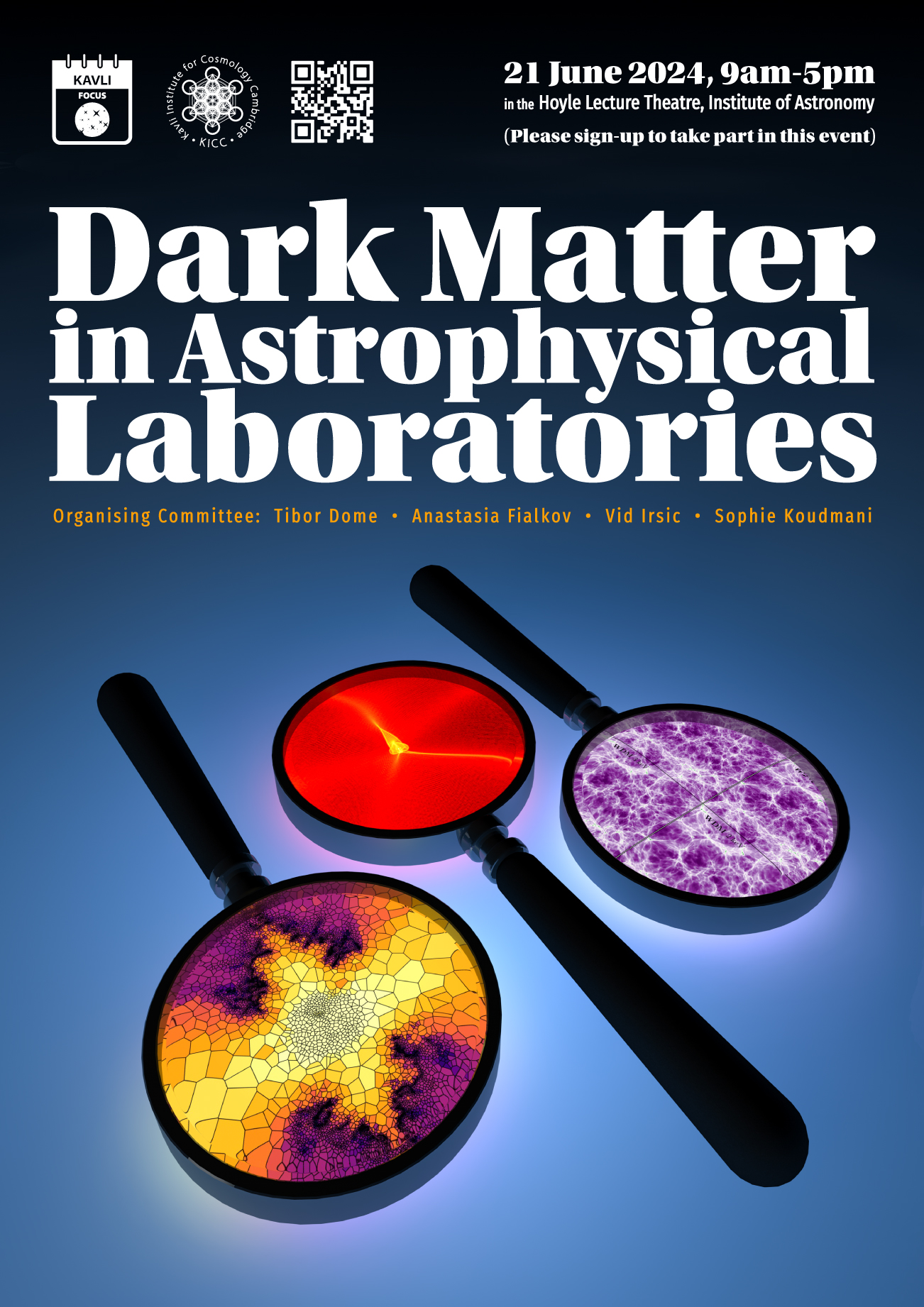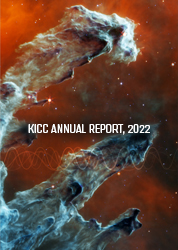The nature of dark matter remains one of the key mysteries of modern day science. However, more than 50 years after pioneering observations by Vera Rubin that indicated the existence of dark matter around galaxies, we are still in the dark about the nature of this unknown component of matter. The theoretical bounds for the dark matter particle mass remain staggering, spanning at least 90 orders of magnitude from 10−21eV to about that of a solar mass. In the last two decades direct detection experiments have made enormous strides in sensitivity and parameter space exploration. The complementary, indirect astrophysical observations, however, are indispensable laboratories of dark matter science as identified by both the STFC roadmap and the Snowmass 2021 process. The focus of this meeting will be to examine the status of rich and diverse fields of astrophysics to constrain the properties of dark matter, and to foster collaborative projects between theoretical and observational explorations of dark matter signatures in different environments – from large-scale structure to dark matter halos and the local Universe.



